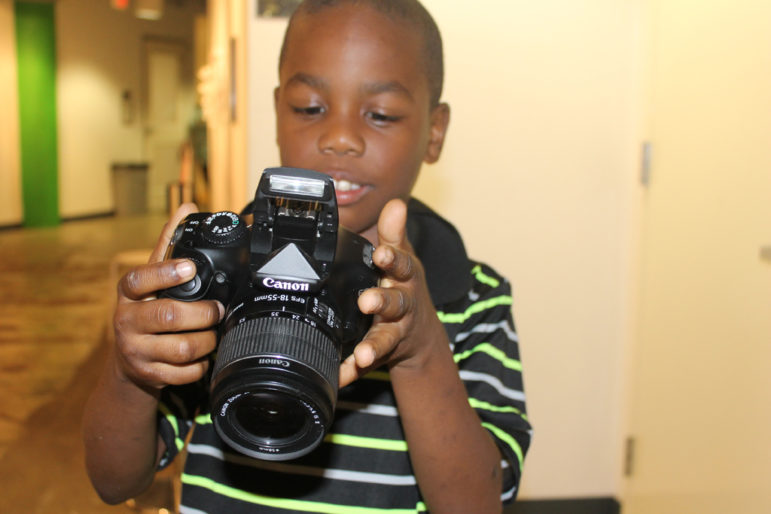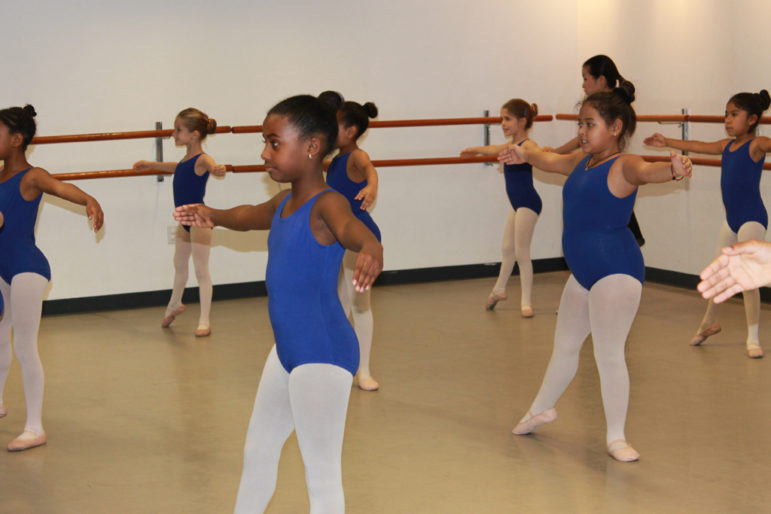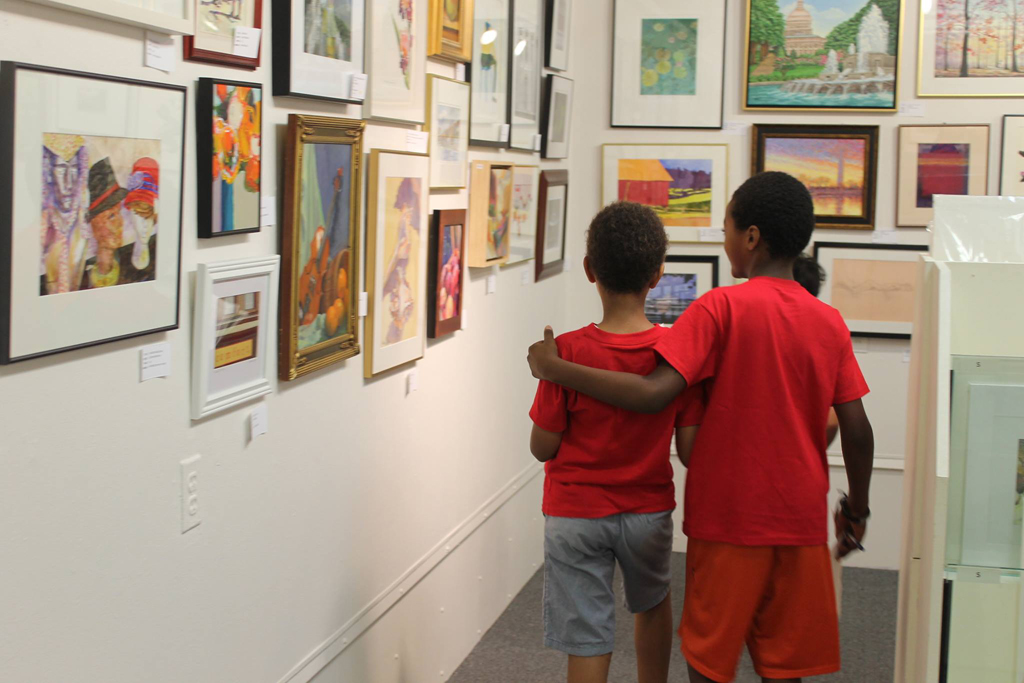As spring slides toward summer, kids at the Sitar Arts Center in Washington, D.C, are beginning to audition for roles in the summer musical performance, Fiddler on the Roof.
“Summer is a really rich time here,” said Maureen Dwyer, executive director of the 16-year-old center, which provides after-school music, drama, dance, visual arts, digital arts and creative writing classes to about 500 children per semester.
The Sitar center is an example of a neighborhood-based arts institution that draws kids citywide.
It’s named after Patricia M. Sitar, who in the 1980s created a variety of services for kids in Ward 1 and the Adams Morgan neighborhood, a diverse and rapidly changing area of D.C.
Recently, researchers at the University of Pennsylvania have quantified the impact of arts activity in neighborhoods, particularly low-income neighborhoods.
The report from the School of Social Policy and Practice found that a larger number of arts institutions correlates with greater social well-being, based on measures of health, safety and school effectiveness.
Mark Stern and Susan C. Siefert found that New York City neighborhoods with more arts activity (based on number of nonprofits, commercial arts organizations, resident artists and citizens participating) had an 18 percent lower felony rate than similar neighborhoods with less such activity. Neighborhoods with more arts activity also had a higher rate (17 percent to 18 percent) of youth with top scores on standardized English and math tests.

While cultural institutions are more likely to be found in affluent neighborhoods, clusters of them are also found in some less-affluent areas, Stern and Siefert found.
“Cultural opportunities provide a bright spot in many disadvantaged neighborhoods,” they wrote. Such opportunities have a disproportionately positive effect in disadvantaged neighborhoods, they wrote.
“Culture does not ‘cause’ better health or less crime. Rather, these findings suggest that cultural resources are integral components of a neighborhood ecology that promotes social wellbeing,” Stern and Seifert wrote.
Their research could be welcome news to arts advocates at a time when the White House has proposed gutting the National Endowment for the Arts and the National Endowment for the Humanities.
It could also lend evidence to out-of-school arts educators, who are also facing possible cuts of $1.2 billion in federal funding for afterschool.
Much evidence exists for the value of arts education and the value of arts in out-of-school time.
According to Sitar, for example, kids in its programs have a higher graduation rate (100 percent) than kids in the D.C. school district as a whole (65 percent). And 80 percent of Sitar kids come from low-income households, Dwyer said.

Sitar introduces kids to the arts and allows them to explore an art form deeply. For example, its dance offerings include ballet, hip-hop, creative movement, tap and zumba. The program also partners with the Washington Ballet to allow young dancers to benefit from working with professionals.
In addition to teaching kids mastery of an art form, “we work to develop 21st century skills,” Dwyer said. Kids improve their communication skills, learn how to collaborate, develop creative and critical thinking, and take initiative and become accountable, she said.
“What is really important … is a very deep sense of belonging and community,” Dwyer said.
“Young people can literally grow up here,” she said.
































